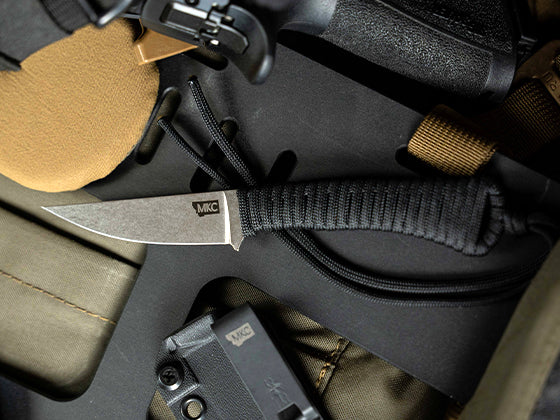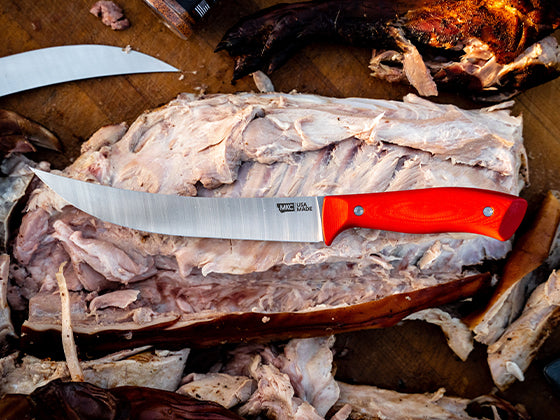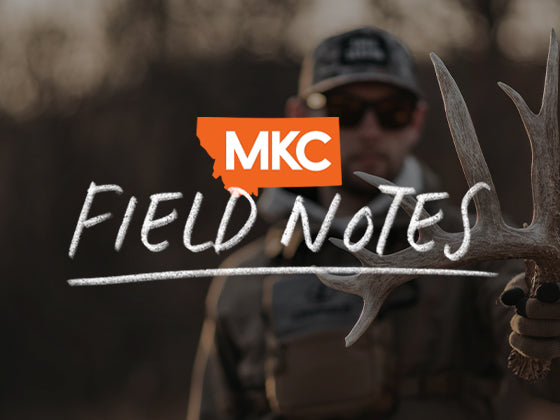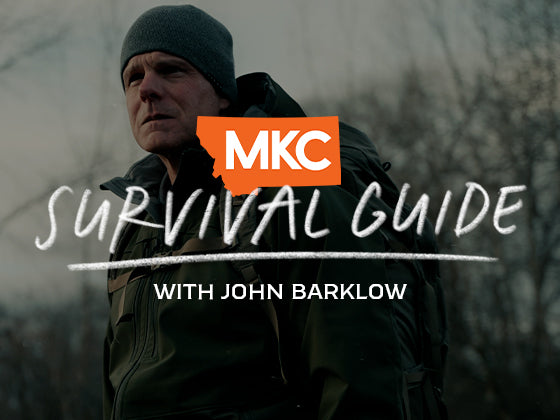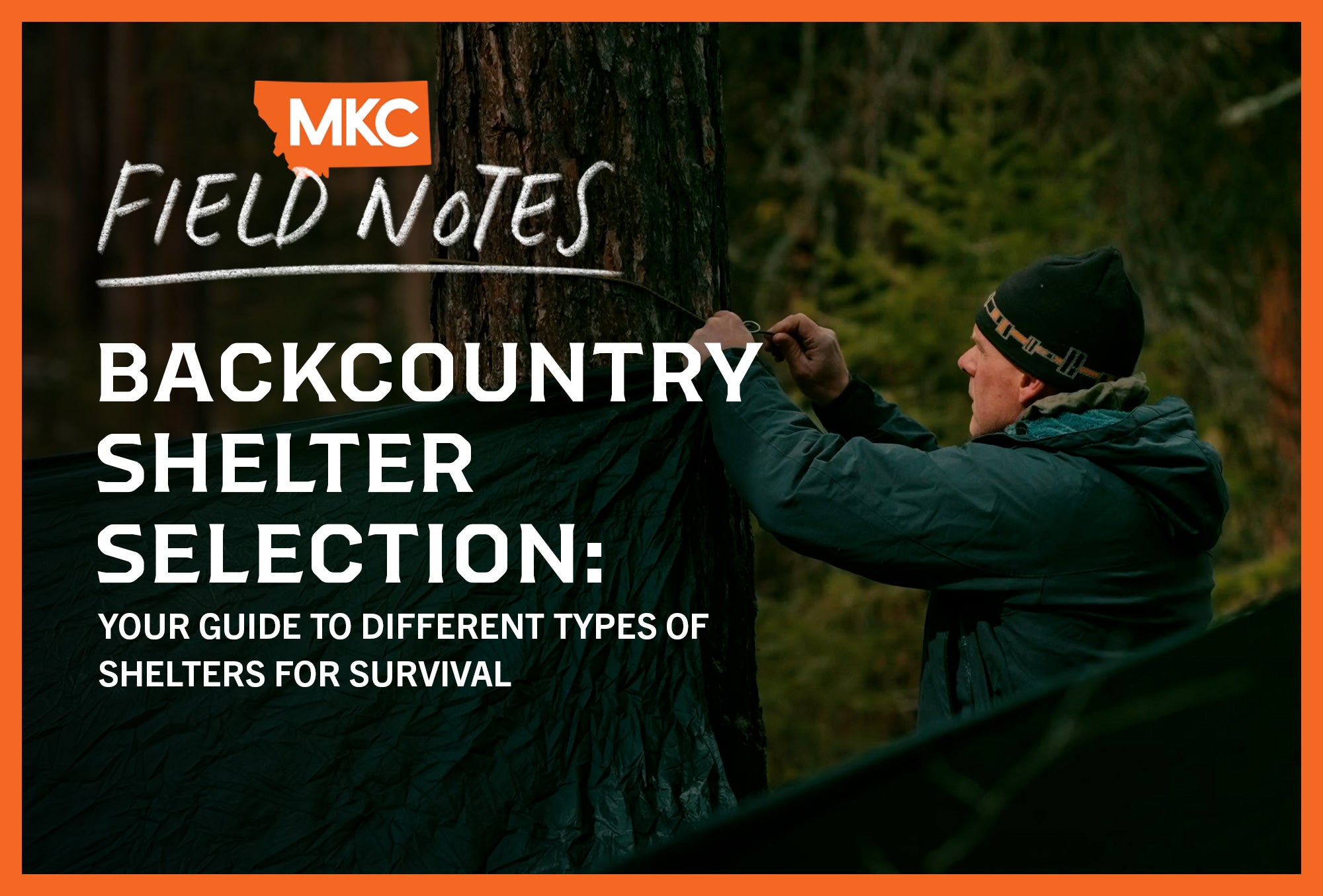Whether you’ve gone after a herd of elk and dropped your pack, gotten lost after dark, or failed to make it back to camp before sundown, improvised shelter building can mean the difference between mild discomfort and a life-threatening emergency.
Knowing how to build different types of shelters for survival isn’t just good information to keep in your back pocket. It’s a critical skill every outdoorsman needs to master before venturing into the field.

Assessing Your Improvised Shelter-Building Needs
Your environment and physical condition determine which improvised shelter-building technique will serve you best. For example, a winter alpine situation demands different protection than a desert emergency.
Before cutting a single branch or moving a single stone, evaluate:
- Your mobility status (injured or capable of movement)
- Available natural features (fallen logs, rock outcroppings, snow drifts)
- Weather conditions and immediate threats (hypothermia, hyperthermia, precipitation)
- Time available before dark or a weather event
Most survival situations occur when people get separated from their planned shelter and essential gear. Once you’ve accepted your predicament, focus on improvised shelter building as your first order of business, even before water or signaling.

Types of Shelters for Survival
A-Frame
In forest environments, the A-frame is one of the most versatile types of shelters for survival.
Locate a fallen tree that hasn’t completely reached the ground, or position a strong branch against a standing tree. This creates your ridgepole — your shelter’s structural foundation.
Lean-To
The lean-to is easier to construct — an asset when time or daylight is limited.
Position your back to the prevailing wind and build your frame at a 45-degree angle using a horizontal support secured between two trees or objects. This design reflects fire heat efficiently and blocks wind from one direction.
Snow Trench
Snow trenches provide superior insulation in winter conditions.
Dig directly into deep snow, cover your trench with branches, skis, or snowshoes, then layer it with pine boughs and snow. The surrounding snow creates an insulated pocket that maintains body heat remarkably well, even in sub-zero temperatures.
Desert Shelter
Desert shelters focus primarily on shade creation rather than heat retention.
A desert shelter can look like a rock overhang, an arroyo (away from flash flood zones), or a constructed sun screen using available materials. Position your shelter east-west to minimize sun exposure throughout the day.
Conservation Principles in Improvised Shelter Building
Energy is your most important resource in survival situations. Efficient improvised shelter building means:
- Using natural features before constructing from scratch
- Selecting locations that require minimal modification
- Building only what’s necessary for immediate protection
Look for natural formations first — fallen logs, tree bases, rock outcroppings, or snowdrifts — to use as your shelter’s structural foundation. Starting with natural formations means you spend less energy on framework construction and more on insulation and heat retention.
For instance, a single fallen log three feet off the ground can serve as a roof beam. Layering branches against this natural structure requires less energy than building a complete frame from individual materials.
Strategic Planning for Your Survival Shelter
Before placing the first branch, consider your complete survival system.
The distance between your shelter and fire determines your comfort level throughout the night. Position your fire reflector wall on the open side of your shelter, approximately four to six feet from the shelter edge.
This creates a heat envelope that maximizes warmth and maintains safe separation from your shelter materials.
Always maintain clear ingress/egress paths. Never position your fire directly in your shelter entrance — this traps you inside your structure. Instead, offset the fire to allow movement between shelter and fire without disrupting either.
Also consider visibility requirements when selecting your improvised shelter-building location. While dense vegetation might provide additional insulation and building materials, it also decreases your visibility for search and rescue operations.
Making Your Shelter Visible to Rescuers
Your survival shelter should protect you and signal your whereabouts to rescuers. If you’ve communicated your approximate location to others, make your position obvious rather than concealed.
Clear a visible area near your shelter for signal panel deployment. Hang blaze orange clothing or emergency blankets on your structure when possible. These high-visibility markers make your shelter visible to both ground and air search operations.
Maintain your signal fire separately from your heating fire — your heating fire needs to maintain steady warmth, so don’t waste fuel on it for signaling purposes. Instead, feed green vegetation to your signal fire only to create smoke when you hear aircraft.
Testing Your Improvised Shelter-Building Skills
The time to develop these skills isn’t during an actual emergency. Practice building different types of shelters for survival during planned training outings with your hunting partners.
Set specific parameters for your training: build shelters using only what you carry in your possibles pouch plus natural materials. Spend the night in your constructed shelter without using your primary tent or sleeping system. Real-world testing will reveal critical weaknesses in your skills and equipment selection that you can improve before you head out into the field.
These practice sessions build the confidence that prevents panic-driven decision-making in actual emergencies. When you’ve successfully spent uncomfortable but safe nights in different types of shelters for survival, you’ll approach real survival situations with clear judgment rather than fear.
The Complete Improvised Shelter-Building System
Think of your clothing as the inner insulation of your improvised shelter-building system, while your improvised structure is your outer shell against environmental threats. Together, they create a microclimate that maintains your core temperature through the night.
Add natural insulation between these layers wherever possible. Pine needles, leaves, or grass piled eight to 10 inches deep beneath your body prevent conductive heat loss to the ground more effectively than most sleeping pads. Similar insulation packed between your outer clothing and shelter walls creates dead air space that traps additional heat.
The most effective types of shelters for survival include:
- Structural strength against wind, snow load, or falling debris
- Waterproof covering using layered natural materials or emergency tarp
- Ground insulation against conductive heat loss
- Wind barriers positioned against prevailing weather
- Heat reflection systems to capture fire warmth
Master these improvised shelter-building techniques, practice them regularly in controlled conditions, and carry the minimal tools you need to facilitate construction. Your confidence in these skills turns a potential emergency into an uncomfortable but manageable situation — one you’ll walk away from with valuable experience rather than preventable injuries.
by John Barklow, a Special Operations Survival Instructor and consultant who has spent decades teaching military personnel and civilians survival techniques in extreme environments.

























